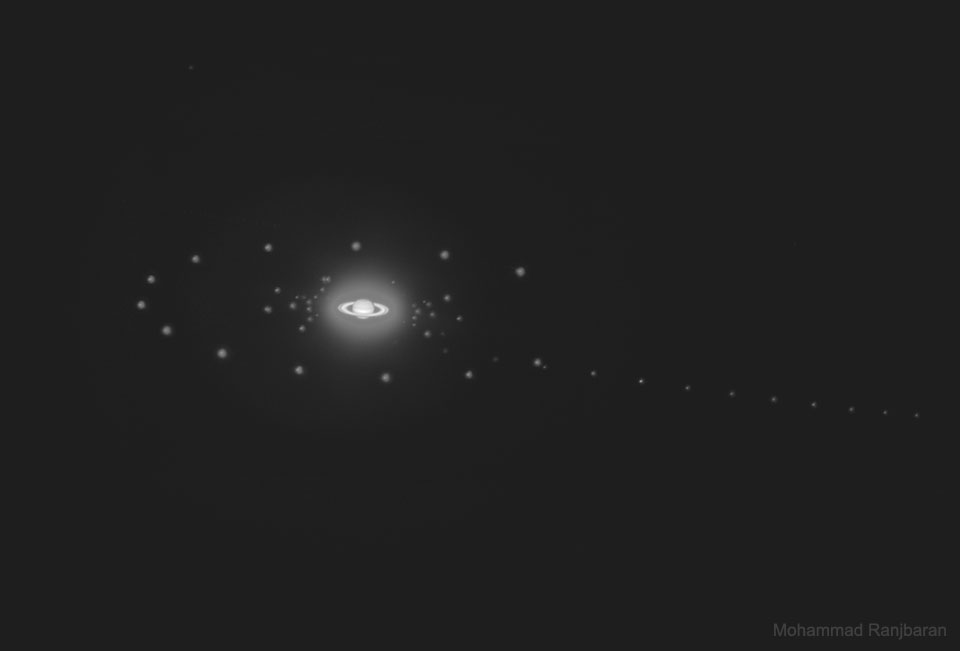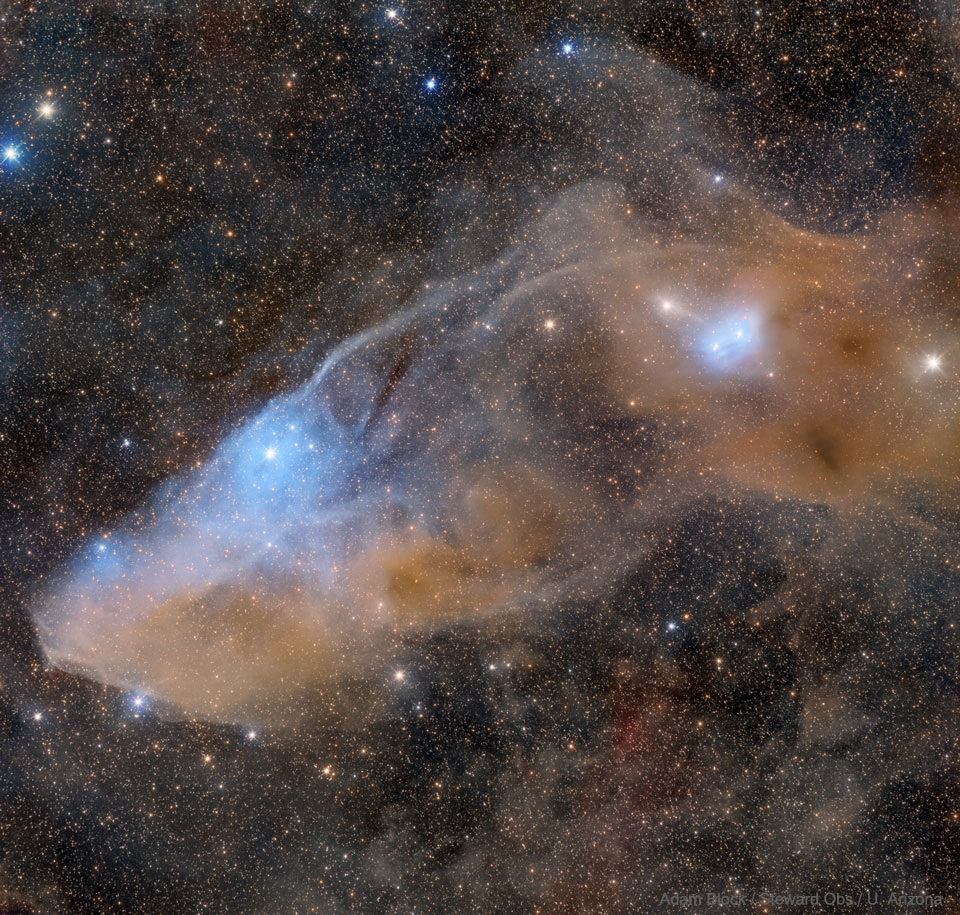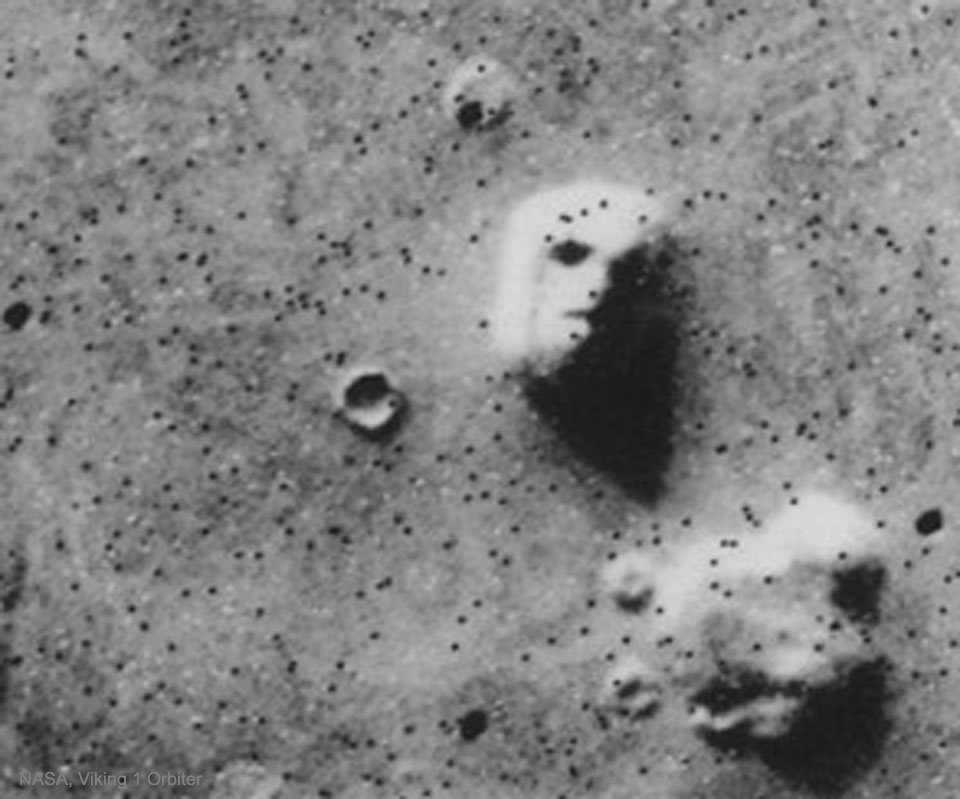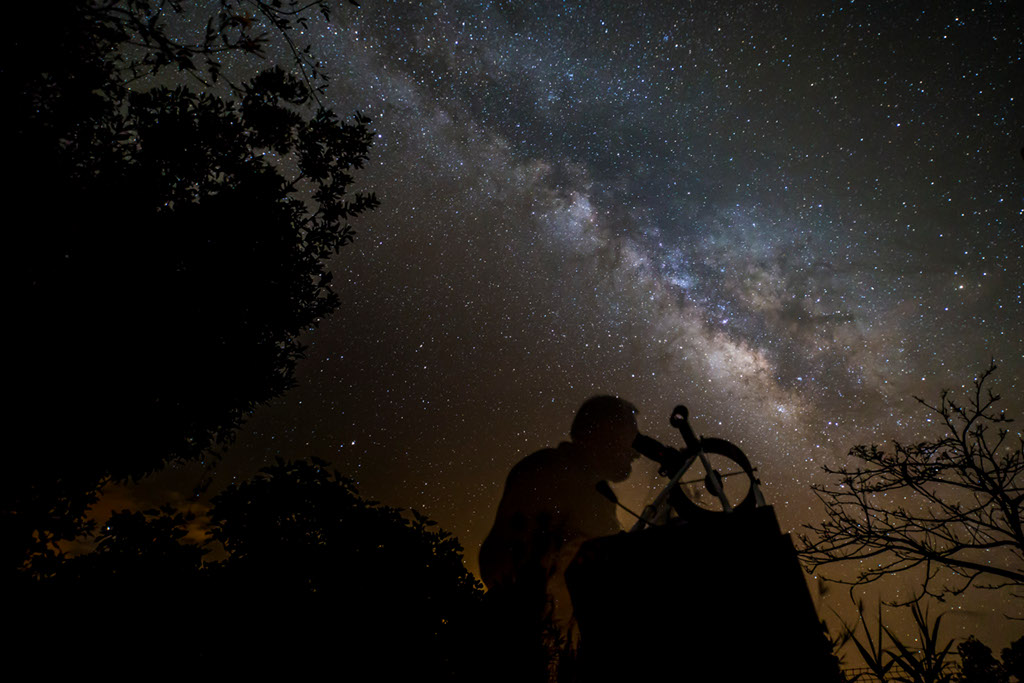Students from Harlem Link Charter School will have an opportunity this week to hear from astronauts aboard the International Space Station.
from NASA https://ift.tt/3xpNpuo
via IFTTT![]()
Students from Harlem Link Charter School will have an opportunity this week to hear from astronauts aboard the International Space Station.
from NASA https://ift.tt/3xpNpuo
via IFTTT![]()
NASA’s public meeting to discuss its recently issued request for information (RFI), entitled Advancing Racial Equity and Support for Underserved Communities in NASA Programs, Contracts and Grants, will take place at 1 p.m. EDT Tuesday, July 13.
from NASA https://ift.tt/3jKEEqZ
via IFTTT![]()




The center of Hurricane Elsa has formed to the east of the Windward and southern Leeward islands and is expected to bring heavy rainfall to those areas over the weekend, according to an update Friday from the National Hurricane Center.
from NASA https://ift.tt/2UXkcZr
via IFTTT![]()
NASA has issued a formal policy that standardizes the criteria and process for media accreditation to cover events and activities at all agency locations.
from NASA https://ift.tt/3yicc3A
via IFTTT![]()